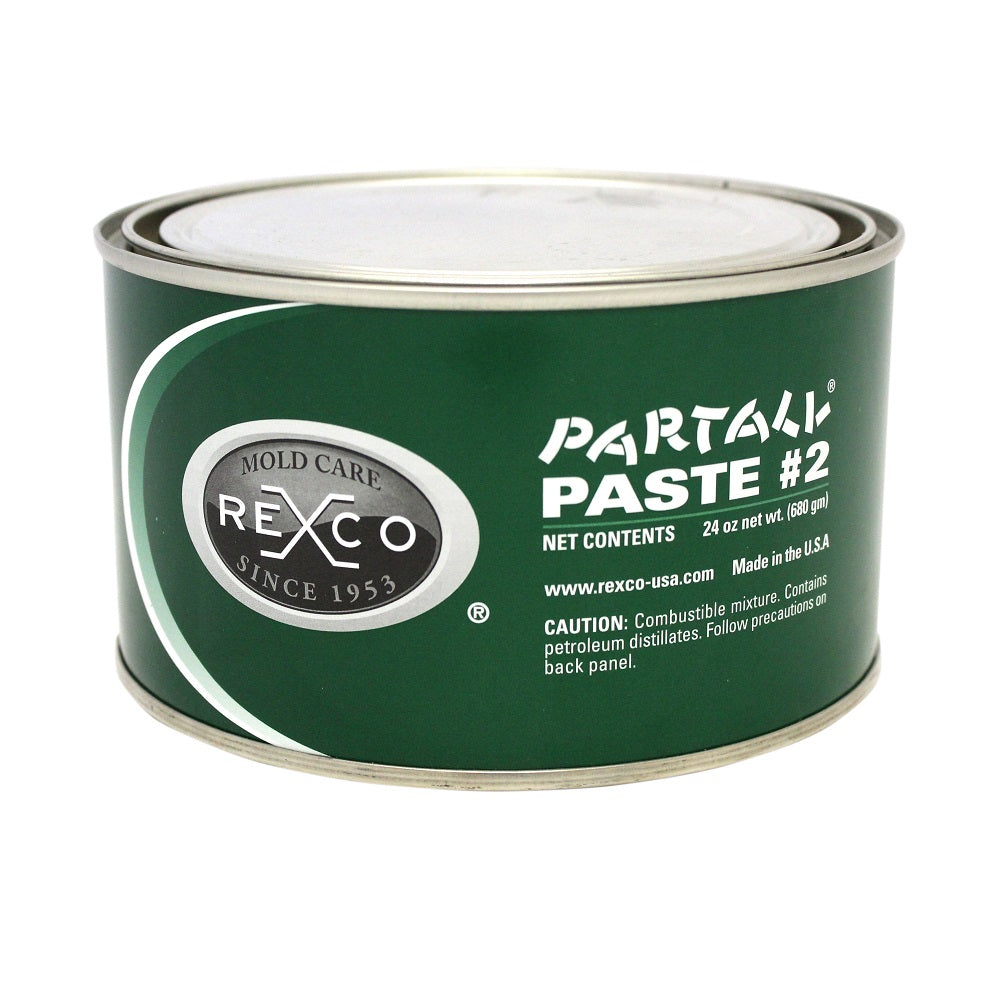You have no items in your shopping cart.
Dive into the world of fiberglass mold making with our new series. In Part 1, we guide you through the initial stages of creating a high-quality mold, beginning with plug preparation and culminating in the application of the tooling gel coat. Whether you're a seasoned professional looking to refine your techniques or a newcomer eager to learn about the process, this video provides valuable insights
Plug preparation
To make a mold, a plug is needed. A plug is the exact shape and dimension that the final part will be. Many times, a replica is being made of an existing part, such as a bumper for a car or a canoe. Other times, modeling clay, wood, or sheet metal is formed into the final shape.
If the plug is porous, such as wood or plaster, it will need to be sealed first with lacquer or resin. The plug should be buffed and sealed. A coat of mold release will need to be applied. Partall #2 (a wax) is commonly used. Five coats is a good number to make sure it is well coated, each time buffing afterwards. For security, Partall #10, (Polyvinyl alcohol or PVA) is used. It is a plastic dissolved in alcohol. It is sprayed (recommended) or brushed on, allowing thirty minutes to dry. Three coats should be applied if you want the best possible release. Spraying with a fine paint sprayer works the best. The first coat should be a ‘mist’ coat and the following 2 coats a bit thicker.
Gel coat
Tooling gel coat is used to give the mold surface a strong, scratch resistant surface. Tooling gel coat comes in black or orange to be able to tell the difference between the part and mold. ***Do not use gel coat with wax in it.***
Spray (recommended) a thick layer of gel coat on the plug. The layer should be between 15 and 20 mils. Let the layer cure. (If the layer is not mostly cured, the styrene in the following coat may cause it to wrinkle, also calling alligatoring.) Allow to cure for 2 to 4 hours, or until the gel coat can not be scratched with your fingernail, but still tacky.
Now you are ready to fiberglass. See Part 2.
Also, see our Ultimate Mold Making Guide for more info.
*** The information provided is a general guideline. Each project is different. Any information used will be done at the user’s risk. Fiberglass Warehouse can in no form be held responsible for outcome of using this information.










I want to learn how to use fiberglass to cover my bajaj tricycle top
REPLY from fgwarehouse: I recommend watching youtube videos